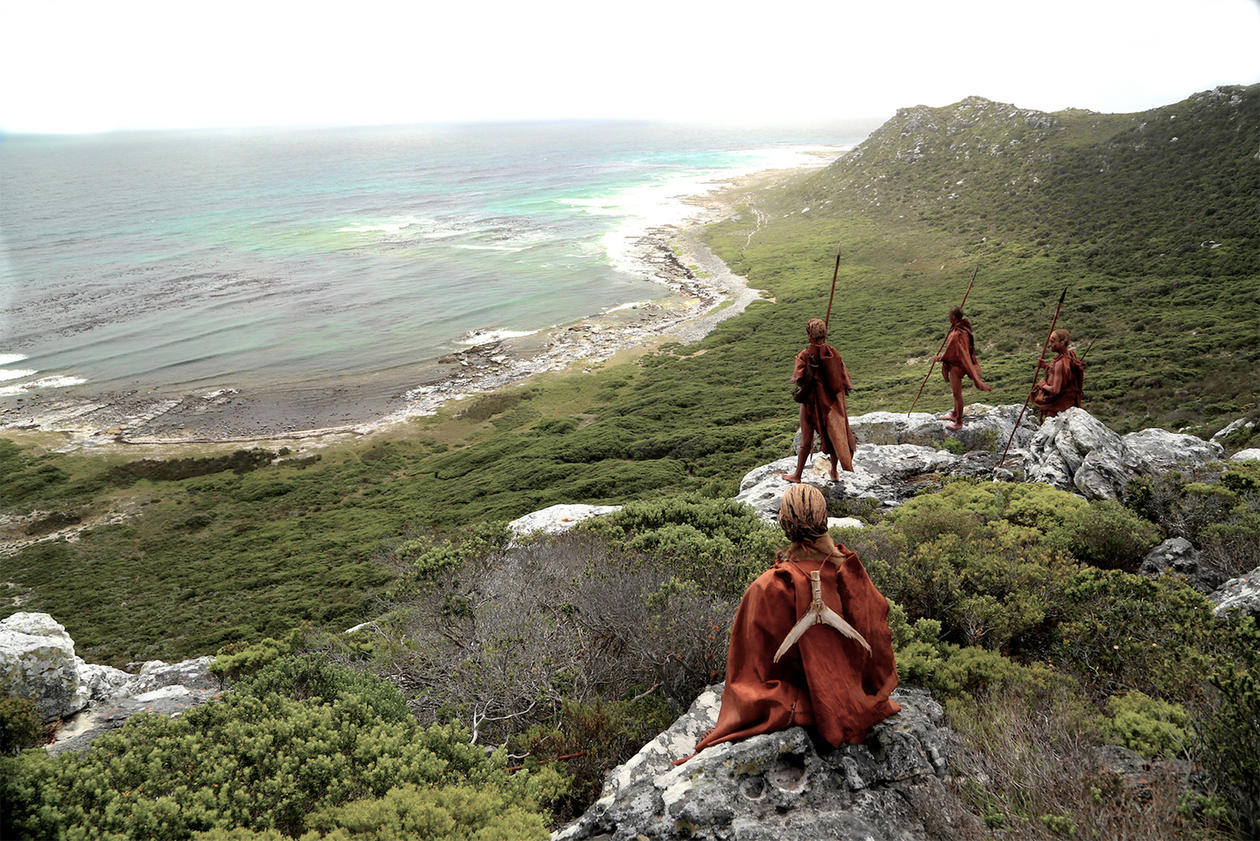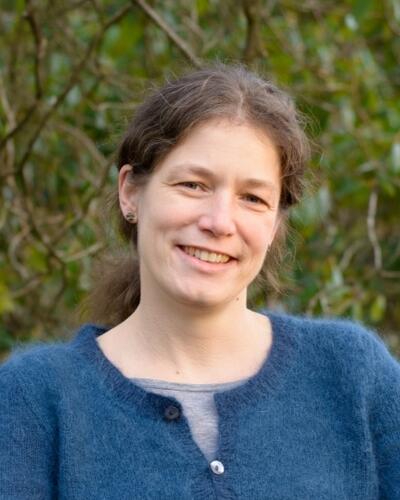Reconstructing the ocean temperatures Homo sapiens fished and dived in during the Middle Stone Age in South Africa
Hovedinnhold
Project description
Motivation (background):
The Agulhas Current, adjacent to the South Africa continent, is the strongest boundary current in the Southern Hemisphere. In today´s climate, summer rainfall on the coast of Africa is driven by the proximity and temperature of the adjacent warm Agulhas Current, comparable to the influence of the North Atlantic Current on the rainfall on the West coast of Norway.
South Africa was home to the early Homo sapiens, which were anatomically modern by 300 ka (thousand years ago), but there is no evidence indicating that behaviour was modern at the time. Current archaeological evidence, instead, highlights the time period 100-50 ka as being a watershed for human cognitive, technological, and social development in South Africa. In the SapienCE Centre of Excellence at UiB (https://www.uib.no/en/sapience), scientists from diverse disciplines are collaborating to understand where, when, and why early humans started to think and behave like we do today. Improved understanding of the environmental conditions such as climate change under which these developments occurred is a critical piece of this puzzle. This master thesis will contribute to help unraveling these questions by reconstructing ocean temperatures for the time period of rapid cognitive development in Homo sapiens.
Research questions:
How warm and how variable was sea surface temperature in the Agulhas region during the time of rapid cognitive development of Homo sapiens in Southern Africa? How do reconstructed temperatures compare with other paleoclimate evidence, such as reconstructed hydroclimate on land? Were climatic conditions creating a pleasant environment for Homo sapiens, or were conditions likely challenging?
Approach (work):
Temperatures will be reconstructed with two different proxy methods on foraminifera shells. A widely used method to reconstruct ocean temperatures is the ratio of magnesium to calcium (Mg/Ca) in the shells. In addition, the more novel carbonate isotopologue-, or ‘clumped isotope’ thermometer will be applied, which does not depend on assumptions about seawater composition, species-dependent biological effects, or uncertain estimates of additional parameters. This proxy is analytically more challenging and time consuming and therefore cannot be applied on as many samples as Mg/Ca. Hence, combining these two methods offers a powerful tool to reliably reconstructing Agulhas Current temperatures (and salinities) over time.
Combined planktic foraminiferal Mg/Ca and clumped isotope analysis shall be conducted on already processed marine sediment core material from offshore Southern Africa. You will learn the taxonomy of foraminiferal assemblages typical for subtropical Indian Ocean waters. By picking, cleaning and analysing the sample material you will a) reconstruct near surface ocean temperatures for the relevant time interval and b) compare the established temperature changes with evidence of hydroclimate variability from the same core material (ongoing PhD project at GEO).
Proposed course plan during the master's degree (60 ECTS):
The courses will be discussed in the beginning, taking into account your prior knowledge and interests; the following should be seen as a suggestion:
Fall semester:
GEOV222 (10P)
GEOV300 (5P)
GEOV228 (10P)
evt. ARK100 (10P)
Spring semester:
GEOV231 (10P)
GEOV331 (5P)
GEOV342 (10P) and/or GEOV302 (10P)
Laboratory work (6 months): microscopy, clean laboratory, mass spectrometry. There might be the possibility to join
archeological excavations in South Africa in Feb. 2021.

